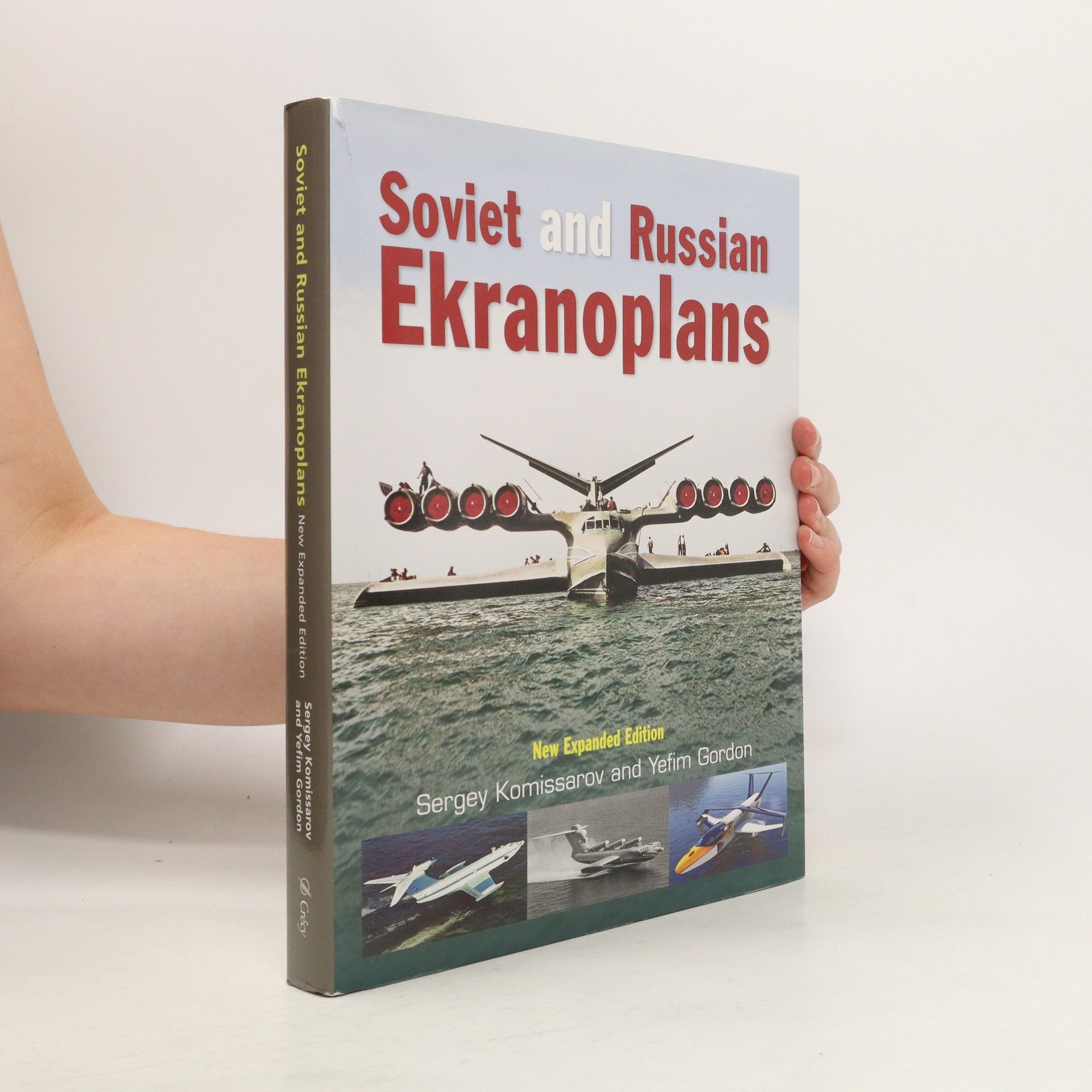German Aircraft in the Soviet Union and Russia
- 320 stránok
- 12 hodin čítania
This comprehensive book shows how the imports of German aircraft and engines and the use of German scientific and technical achievements in the field of aeronautics have influenced the development of aircraft construction, air transport, and military aviation in Russia and the Soviet Union.The book covers the very first aircraft to reach Russia before World War I, plus the Russian design bureaus' efforts to copy aircraft that were captured during the war. It goes on to cover all of the various imports throughout the years, right up through the renewed cooperation between Germany and Russia in the 1990s.Aircraft covered in the book include the Heinkel HD-37c fighter, Heinkel He 5c, Heinkel HD-55 flying boats (known as the KR-1 in Soviet service), Dornier Wal flying boats, the Messerschmitt Bf 109b, the Heinkel He 111B bomber, the Bf 109E, Bf 110c, He 100, Ju 88A-1, He 111E, Do 17, Do 215B-3, Focke-Wulf Fw 58, Bücker Bü 131 Jungmeister, Bü 133 Jungmann, and Fieseler Fi-156 Storch.

